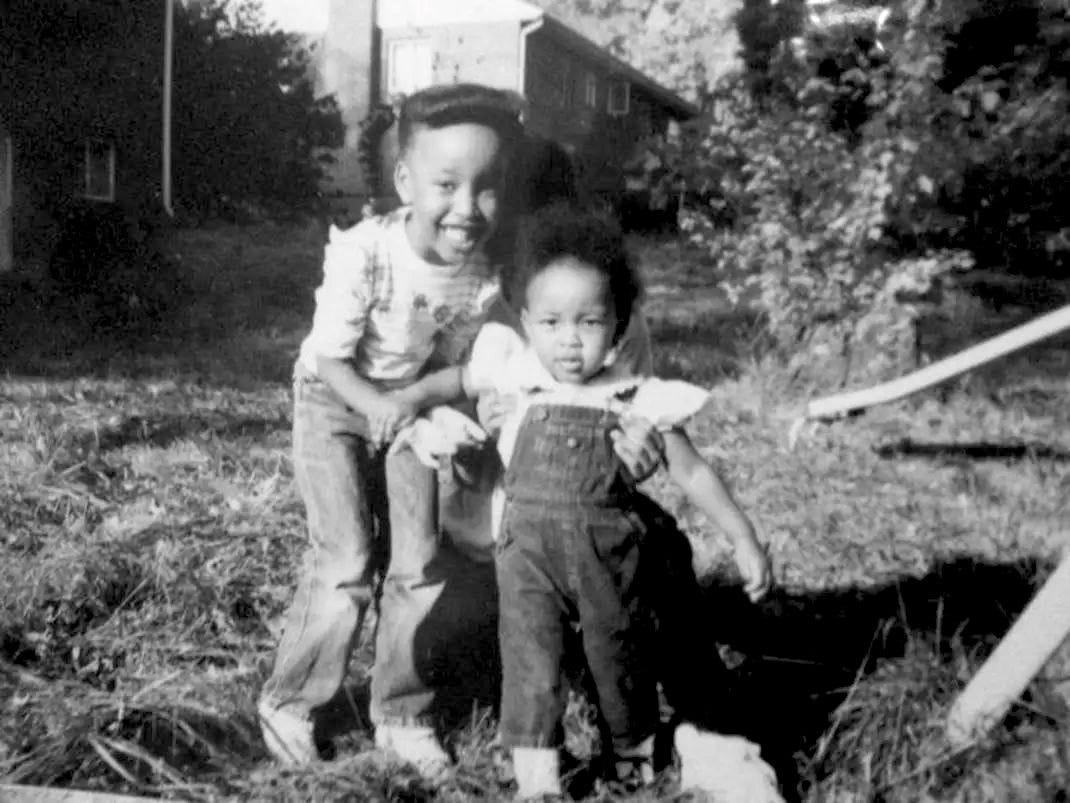What is self-regulation? Why is it important?
I get a lot of questions about managing difficult emotions and how to regulate our internal state when we're faced with challenging times or feeling triggered. The short answer to all of these questions is learning to self-regulate. Self-regulation is the practice of returning to a state of balance and calm after facing an event, an experience, or a memory that leaves you feeling triggered and dysregulated.
Self-regulation is the ability to control one's behavior, emotions, and thoughts in the pursuit of long-term goals. More specifically, emotional self-regulation refers to the ability to manage disruptive emotions and impulses—in other words, to think before acting.
I wanted to touch on it because it's a very important skill to develop. We face challenges all the time. We find ourselves suddenly bombarded with conflicting emotions and rushing thoughts. It can happen daily, several times a day, or in a million different ways. Understanding how to better relate to our different emotions and parts of ourselves is a critical and really helpful skill to develop going forward.
What does inner turmoil look like?
They are sometimes called negative emotions or feelings that can arise in a way and time that doesn’t make logical sense. For example, when I think of something I’m looking forward to doing or excited about, internally I notice a rising sense of panic. I think to myself that I should be feeling excited. I expect a positive emotion to come up when I think about this event or activity, but instead what's coming up for me is a sense of dread, anxiety, and a variety of emotions rooted in fear.
How do we change our relationship with difficult emotions?
If I were to walk through the process of how to change my relationship with challenging emotions, I would start by approaching the emotion with a sense of curiosity. I want to relate to this anxiety differently and I want to move away from it being considered a hindrance, something that is going to get in my way, slow me down, or cause me harm. I am no longer focused on trying to push it away or get it to quiet down. I am not being dismissive, or frantically trying to pack it away, so I won't have to deal with it.
I want to move from that defensive position into a sense of curiosity and openness. Next, I would visualize that anxiety embodied in the form of a child. Let's say it's a three-year-old little girl. She's scared, and I am watching her start to complain, scream and have a tantrum.
Did You Know I Offer Weekly Women’s Support Groups?
There are weekday evening and weekend groups to join, with 5 spaces available per meeting. The 90-minute sessions meet online and can fill up pretty quickly. Consider joining us sometime.
“I just want to thank you for the support group. The session has carried me through this week. It’s challenging for me to open up about stuff that’s bothering me from the past. But whenever I do open up in the group, I find that the support and comfort, and empathy that I get more than makeup for the discomfort of being vulnerable. Jazakallah Khair for holding this space week after week it’s so very essential and I am so grateful that I found it.”
In the absence of awareness and self-regulation
The adult part of me—that wants to make this a smooth process and is looking forward to the event—considers this child making all the noise to be an inconvenience and sees her behavior as sabotage. The adult part would immediately rush to silence this child, force her to quiet down and dismiss her concerns and quickly move her to a different room. The focus here is on the adult’s needs being met in the moment.
Considering that if the adult were to lock the child in one of the rooms, she would begin to bang on the door, scream, and act out. Still trying to relay the message of her fear to my adult part, trying to alert her that something is wrong and it needs addressing. The child wants to express that she's afraid, and to silence and shush her ultimately results in delaying and prolonging the tantrum.
Applying the skill of self-regulation to connect to and soothe my inner child
The process would start with how I choose to receive her message and how I perceive her behavior. I’ve shifted from the old coping mechanism of ignoring and dismissing her to approaching her with a sense of compassion and curiosity. Proceeding to talk to her, to see what it is that she wants, and allowing her to tell me why it is that she feels the way she does.
Getting curious and focusing inward on my inner child/emotion and asking her some questions.
Starting with: “Where do I feel this anxiety in my body? What does it feel like?
After asking I scan my body for the feeling. Using my awareness or attention to visit different parts of my physical body until I arrive at the seat of the emotion. The feeling of anxiety for me resides in my gut. It's a constricted feeling in my stomach.
Once I've described the feeling and pinpointed its location, using my imagination I visualize the little three-year-old part of me that holds this anxiety and start a conversation with her.
Then asking: What is it that's causing you to feel anxious? What is it that you're afraid of?
Awaiting her response, I'm going to be still and I'm going to listen. I'm going to wait for an answer to come up. The practice of starting an internal dialogue with myself looks like placing a question in my awareness by asking it, and then listening and allowing an answer to come to the surface. The answer will usually come up as a thought, or voice in my mind.
Her response: “I'm scared that when I go do this activity or go to that place, everyone's going to look at me like I'm stupid. Like I don't know what I'm doing. I'm afraid I'm going to mess up and everyone's going to laugh at me.”
I pause here, switching back to my adult self. If a three-year-old just told me that they were afraid of being embarrassed in front of their friends or looking silly for not getting something right, what would my response to that be?
As a mom, I would naturally scoop them up in my arms and reassure them. I would feel an overwhelming sense of protectiveness, love, and compassion toward that child.
Shifting how I see my emotions and parts, changes how I relate and respond to them.












